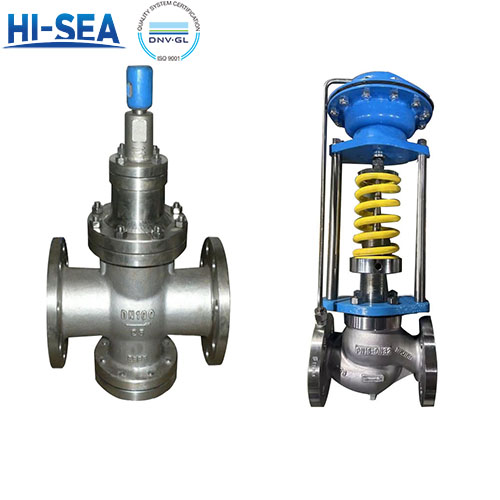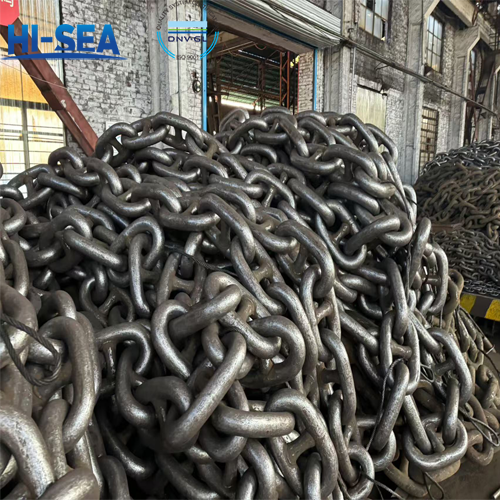
The Difference Between Marine Pressure Reducing Valve and Pressure Relief Valve
Overview
Definition and Working Principle
Pressure reducing valve is a kind of automatic pressure regulating valve, it can reduce the high pressure fluid pressure to the set stable pressure. Pressure reducing valve is mainly composed of valve body, adjusting spring, spool, seat and other components. When the inlet pressure exceeds the design pressure, the valve spool is forced to move downward, so that the outlet pressure is reduced to a set stable value. When the inlet pressure is lower than the set value, the spool is forced to rise, making the outlet pressure rise. Through this automatic adjustment, the pressure in the system is always within the set range.
Pressure relief valve is a kind of valve that can keep the pressure within the set range of hydraulic or pneumatic system in excess fluid exclusion. Relief valve is generally driven by a hydraulic pump or gas compressor, it is through the opening of the valve to control the system pressure, and will be too high pressure through the pressure release port to vent out. When the system pressure falls within the set range, the pressure relief valve closes automatically to maintain system stability and safety.
Application
Pressure reducing valve is mainly used to adjust the fluid pressure, so that the system pressure to maintain within a safe range, usually used in the need for stable fluid pressure, such as water treatment system, petroleum industry, etc.;
Pressure relief valve is mainly used to protect the safety of equipment and personnel, automatically release the pressure when the internal pressure of the equipment exceeds the specified value, usually used in the need for emergency pressure control or protection of equipment, such as chemical plants, energy stations, etc.
Internal Structure
Pressure Reducing valves usually contain adjustable valves and control systems for maintaining a set pressure;
A pressure relief valve usually has a spring or mechanical internal mechanism that acts on a force to open the valve when the pressure rises.





